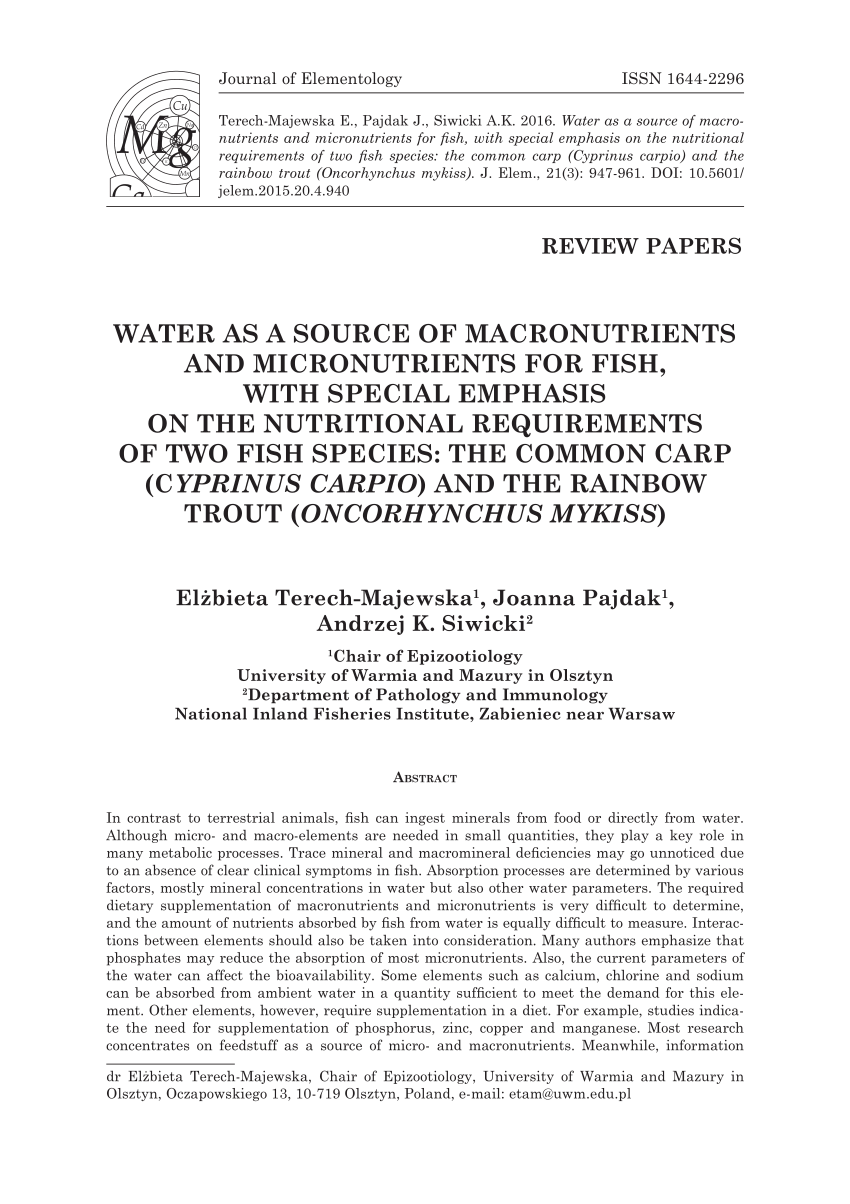I don't think any of us need to worry too much about our fish getting all the essential micro nutrients and minerals they need from water because we all do our water changes to keep the nitrate down and minerals replenished. Essential trace elements such as iron, iodine, phosphorus, potassium, calcium, copper, zinc, magnesium, sodium, selenium, and the list goes on and on.
However, for one minute, let's just say that the main reason we all do our water changes (prevention of nitrate build up), is off the table. A new and wonderful bacteria evolves that can deal with nitrate in the presence of oxygen. So a lot of hobbyists think, quite wrongly, that water changes are no longer required.
In this scenario it got me thinking, asking questions that I couldn't find any answers to. Question being....what are the typical absorption rates of the above, and other, trace elements? For instance, how long would it take your stock to fully absorb the amount of any of the above mentioned elements in a freshly replenished tank full of water after a water change? The levels of each element are going to be different, the fish will require more of one element than another, do fish give off some trace elements as a by product of the metabolism processes going on in their bodies? Which elements would run out first without a water change?
Probably right up the street of a marine biologist this one.
However, for one minute, let's just say that the main reason we all do our water changes (prevention of nitrate build up), is off the table. A new and wonderful bacteria evolves that can deal with nitrate in the presence of oxygen. So a lot of hobbyists think, quite wrongly, that water changes are no longer required.
In this scenario it got me thinking, asking questions that I couldn't find any answers to. Question being....what are the typical absorption rates of the above, and other, trace elements? For instance, how long would it take your stock to fully absorb the amount of any of the above mentioned elements in a freshly replenished tank full of water after a water change? The levels of each element are going to be different, the fish will require more of one element than another, do fish give off some trace elements as a by product of the metabolism processes going on in their bodies? Which elements would run out first without a water change?
Probably right up the street of a marine biologist this one.








